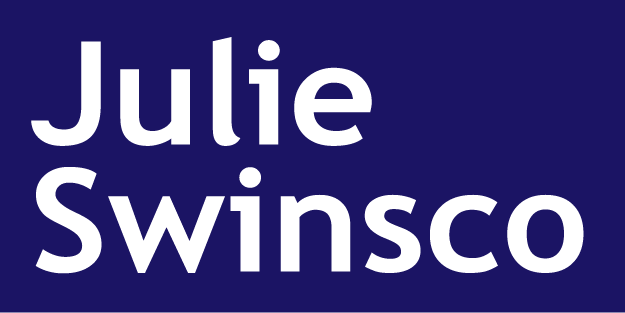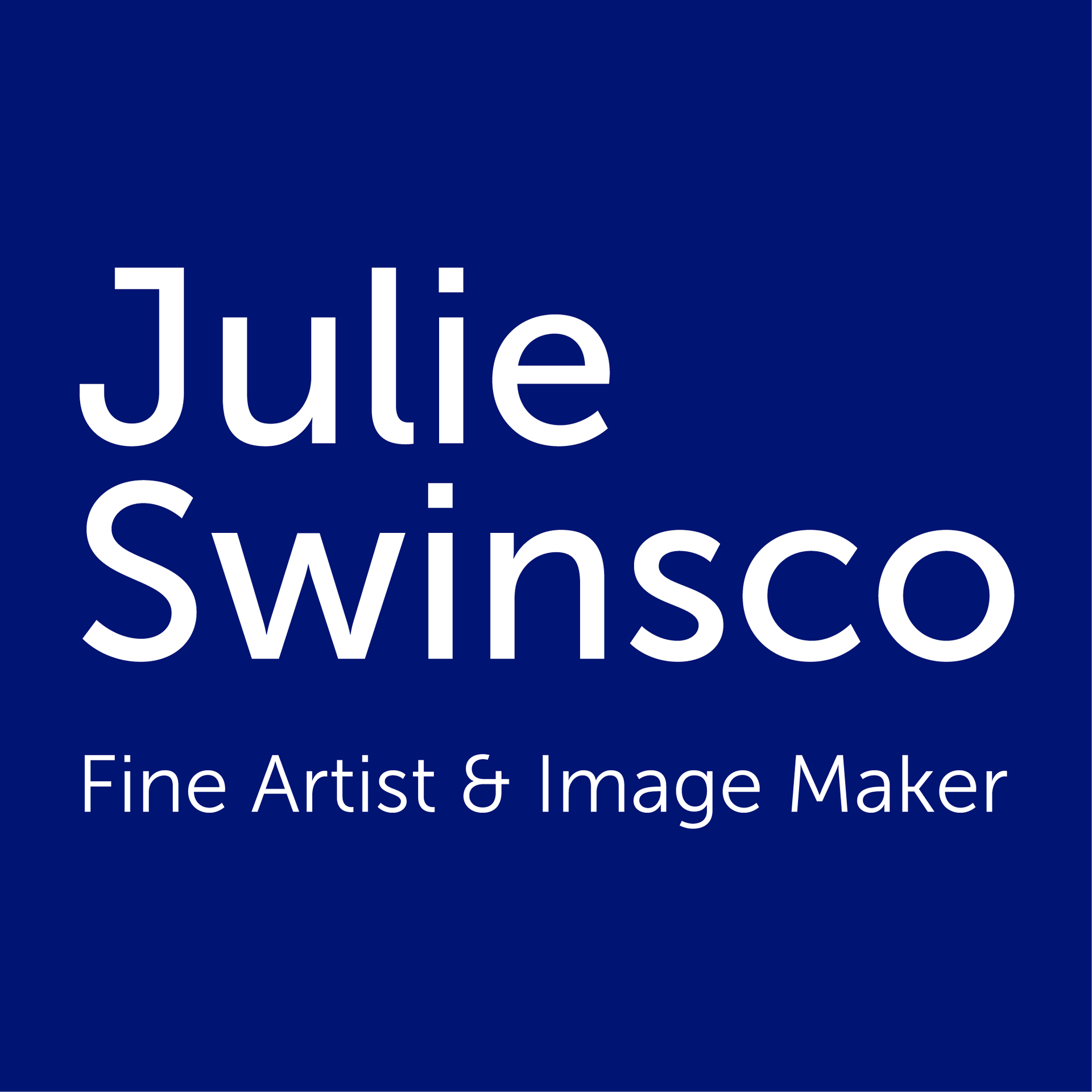Photography and Digital Images
My photographs rarely stay in their original form. Perhaps due to my training as a painter, I feel a strong need to exaggerate the light and dark, heighten the mood with colour and crop the image to focus the eye.
Please note … All prices shown do not include delivery. Please contact Julie to discuss methods of delivery and costs.
Photograms
A photogram is produced without a camera. I placed the objects on top of the photographic sensitive paper in the darkroom using the enlarger. These images are, therefore, unique and reproduced as the actual size of the objects that block light from the light-sensitive paper.
With some of the photograms, I have edited them to include a signature, then re printed on photographic paper, to create a more affordable print which is not part of an edition.
I use mainly transparent glass objects, as I am fascinated by portraying all of the flaws within the glass, which are accentuated by this process. By painting the developer on, it also gives a more fluid, painterly result. These look great within a kitchen or dining room.
Cyanotypes
Cyanotypes are one of the oldest photographic printing processes in the history of photography. They were first introduced by the astronomer, scientist, and botanist John Herschel in 1842. The botanist and photographer Anna Atkins first used the cyanotype to create a photographic album of algae specimens in 1843.
The image is first created by painting an iron-rich sensitiser solution onto paper or other porous surfaces. Once dry, I place objects or acetate negatives on top and then expose these chemicals to UV light, such as sunlight. The last step in the process is a water rinse to wash away the sensitiser solution, and the blue darkens as the print dries to reveal the final product.
These images are, therefore unique and reproduced as the actual size of the objects that block light from the light-sensitive paper. I mainly use acetate negatives in my edited photographs.




















